To define the network cable and what it does, we must introduce its function. This type of cable is used to create links between individual computers, and through these links, data is relayed and shared in the larger network mainframe.A network cable is sometimes external and is suitable for connecting the computer to equipment such as Internet modems or ports on the ground. When network cables are installed as part of the infrastructure, they are placed in the interior of the building, walls, plaster ceilings and wiring cabinets, along with other installed electrical cables and wires. This system provides ready access to the Internet and other data sources such as television services.
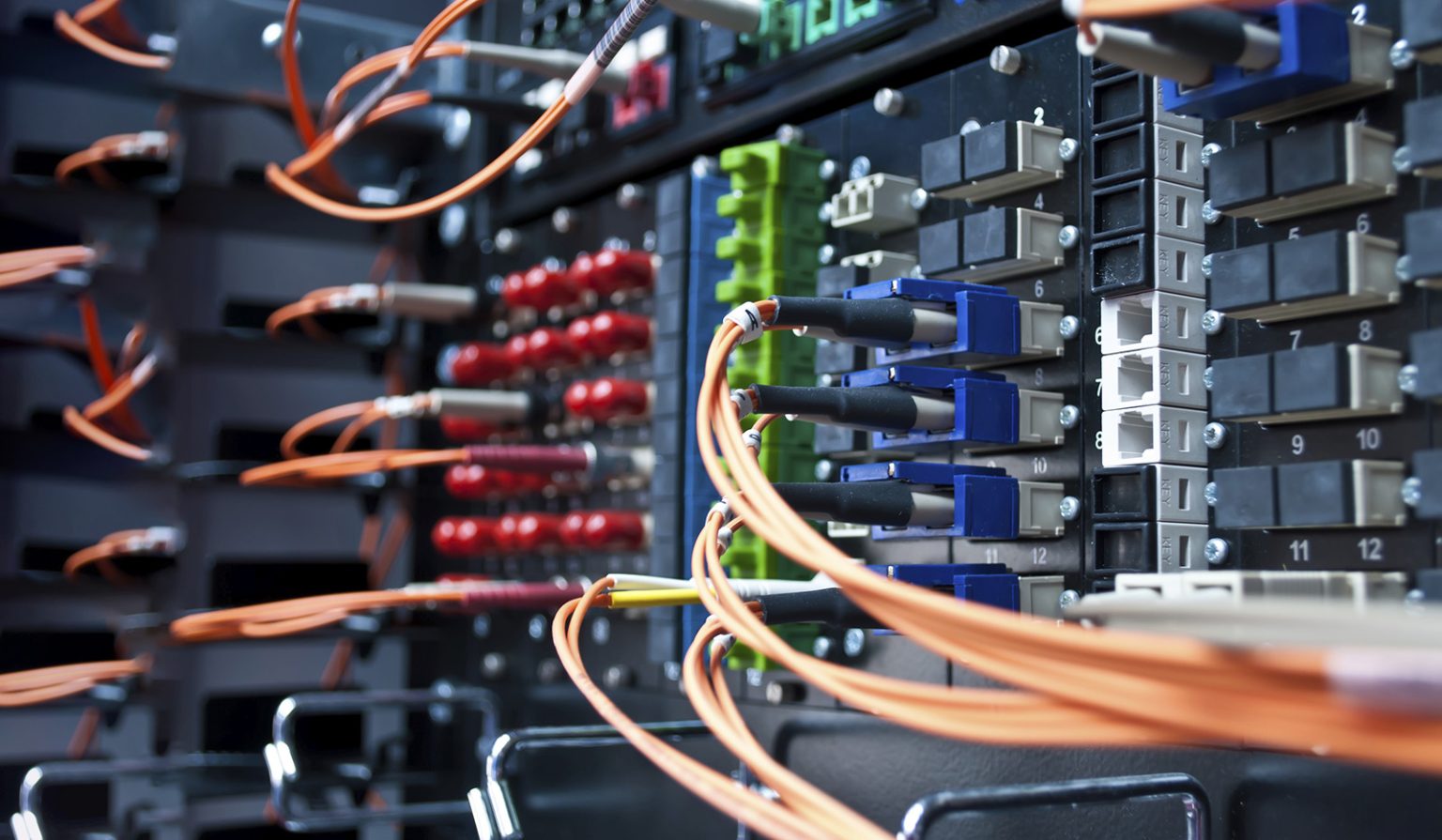
According to the technical characteristics, there are different types of network cables, the most common of which are twisted pair, optical fiber, coaxial and Ethernet. These different types of network cables are each suitable for a specific purpose, so one cannot replace the other.
The Ethernet cable used to connect equipment such as switches, routers, and personal computers to data relays is called Ethernet in local area network (LAN), metropolitan area network (MAN) and global network WAN (WAN).
To transfer the data and get it to the destination, the data that is understandable to us is converted into zero and one codes using software processes and then changed once again to the original understandable form at the destination.
Types of Network Cable
Network cables are mainly divided into three types of twisted pair, coaxial and fiber optic. Here we will discuss each type separately. As before each type of movement is used for a specific purpose.
There are two types of twisted pair network cable, shielded and unshielded. Shielded cable is also called STP and unshielded is also known as UTP.
In U/FTP a foil surrounds each pair of wires.
In the F/UTP type, there is a foil around the four pairs of wires
In S/UTP there is a shield around the four pairs of wires.
In SF/UTP, there is a shield and a foil around all four pairs, which is also called STP.
In S/FTP there is a foil around each pair of wires and a shield covers them all.
In F/FTP there is a foil around each pair of wires with another foil around it that covers the entire cable.
In SF/FTP there is a braided shield and a foil around the wires. There is also a layer of foil around each pair of wires. As the most expensive type of network cable, this type is usually used in networks of high importance and security.
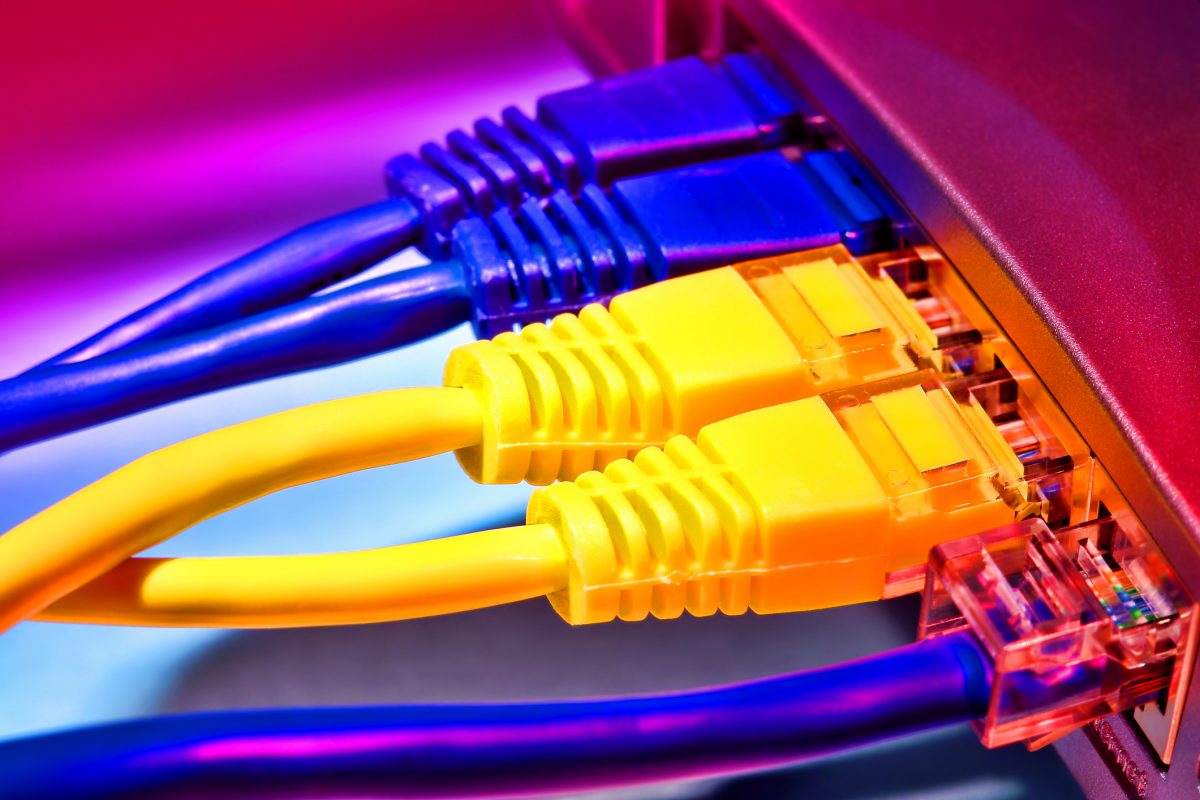
In unshielded twisted network cable. (UTP) Each of the eight wires is individually covered with insulating material and each pair is twisted together. As the name suggests, there is no coating on the pair of wires.
Examples of Network Cables
Cat 6, Cat 7 and coaxial network cable can be mentioned to name a few other types of network cables.
The 10 meter Cat6 model is widely used with a speed of 10 GB/s, this model has a good bandwidth. But to provide optimal speed. Its length should not be more than 55 meters in each interval without interception. This requirement for short length can be considered as one of the disadvantages of this type of cable.
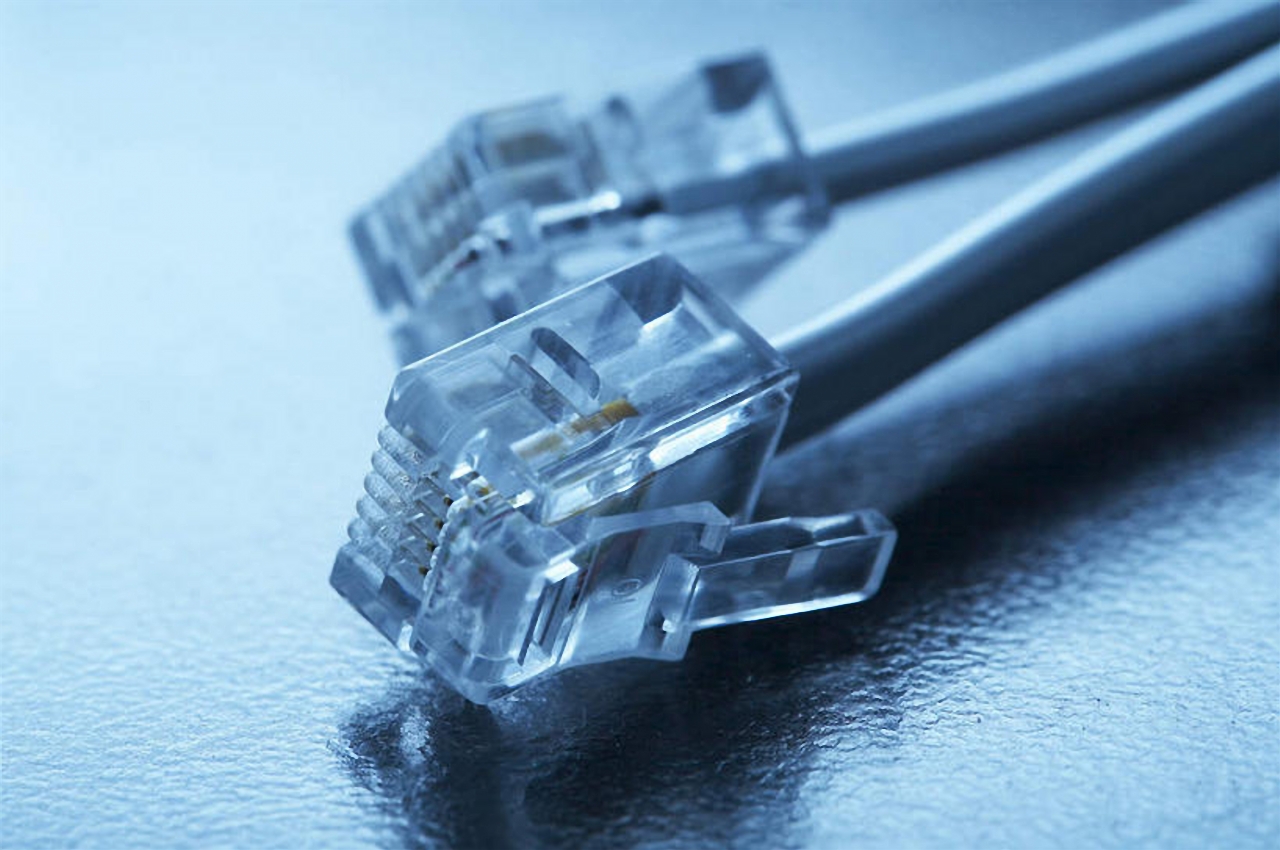
Cat 7 network cable also transfers information at a speed of more than 10 gigabytes per hour. The maximum length it can have for a cut distance is 100 meters.
Coaxial network cable has a central core that is conductive and insulating. This layer and the insulation on it prevent interference and electrical distortion in the signal. The insulation of the central conductor is a twisted or simple thin wire, which has an insulator in the center around this copper wire, and a metal or copper mesh is woven on this insulation, and all these layers are finally covered with an outer insulator.Thin network coaxial cable is widely used because it is soft and flexible, which makes it easy to work with this type of cable, and it can be directly connected to the network card and can send signals up to 185 meters. It is mainly used in computer networks and radio systems. It is not usually used to transfer video and images. Installation of CCTV and remote control systems.
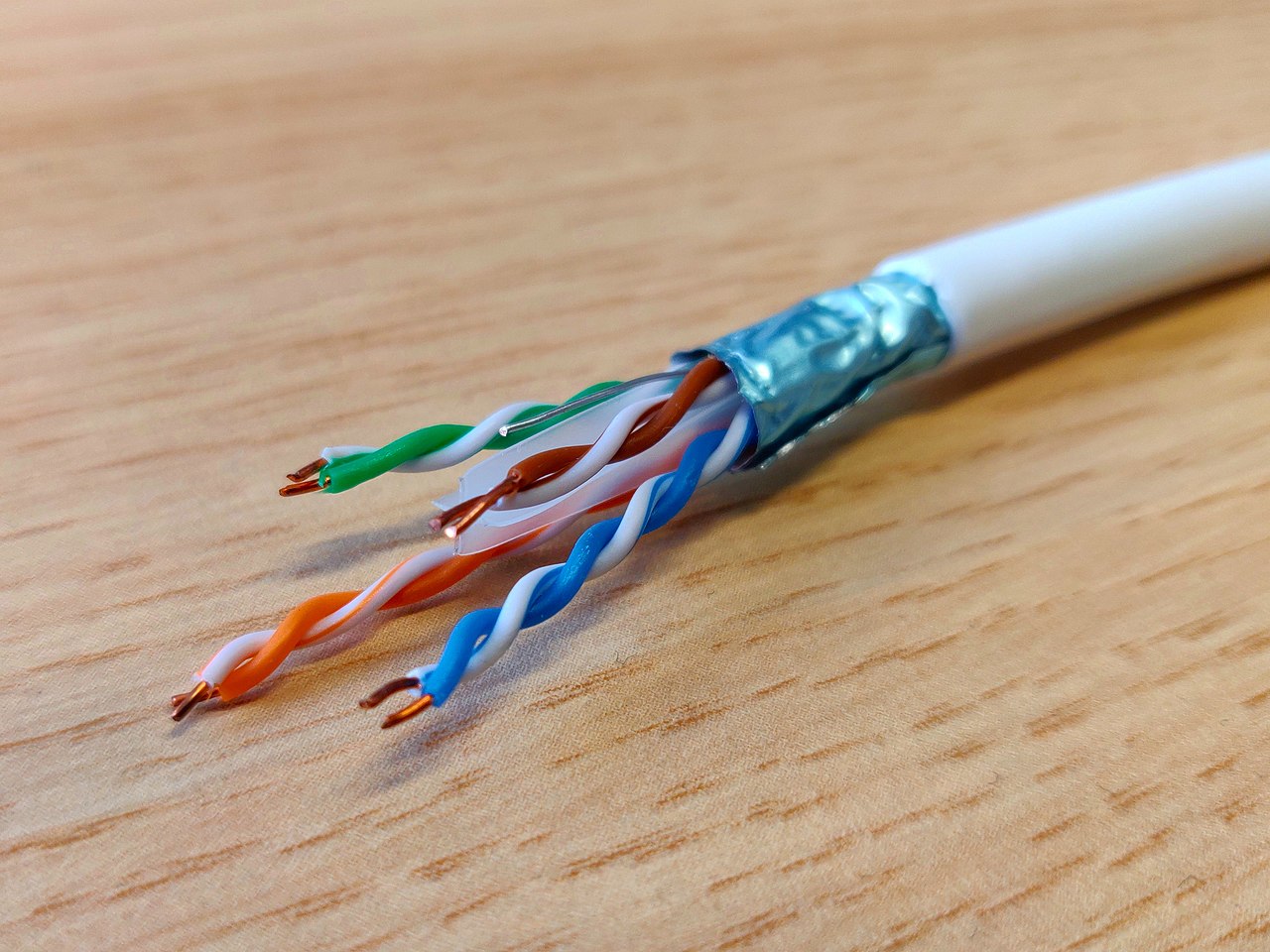
Thick network coaxial cable is also flexible but thicker. The copper core of this type is thicker than the thin type, which allows it to send signals over longer distances than the previous core. It supports a distance of up to 500 meters, so the thickness is used as the main column to connect small thinned networks.
Coaxial cable is used in places where the distances between distances are long to maintain communication between radio, television and telephone. Also, the short type of this cable is suitable for connecting home video equipment, signal transmission from antenna to receiver, from TV station to TV receivers, from radio stations to radio receivers and other similar coaxial applications.

As it can be seen from the various types of network cable that each one is suitable for a specific purpose and none of them can replace another function, to find the exact type of cable, many different parameters must be considered. For those looking for a network cable to serve a specific purpose, it is recommended to do some research before purchasing. Sim Sama Company is proud to offer valuable advice to people all over the world for many years and owes its brilliant history of customer satisfaction to the high quality of its products.

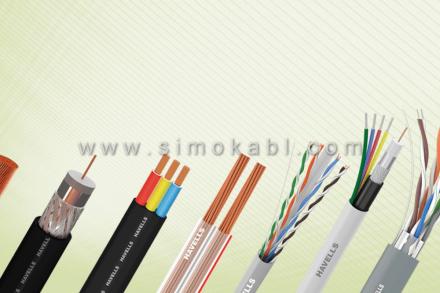
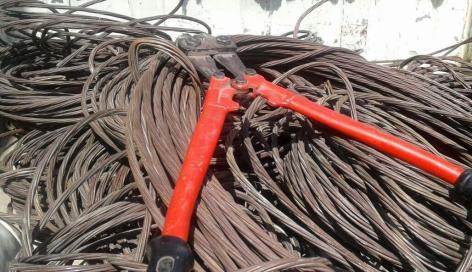

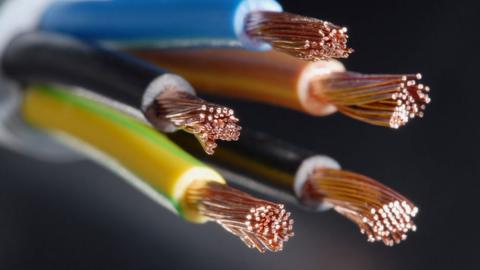
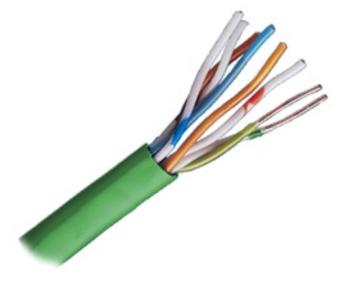
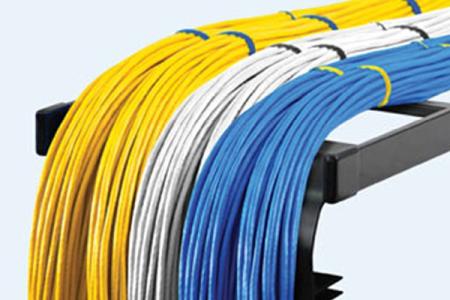
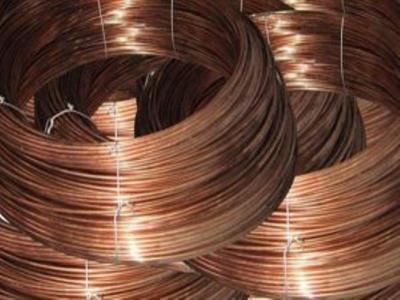

Your comment submitted.